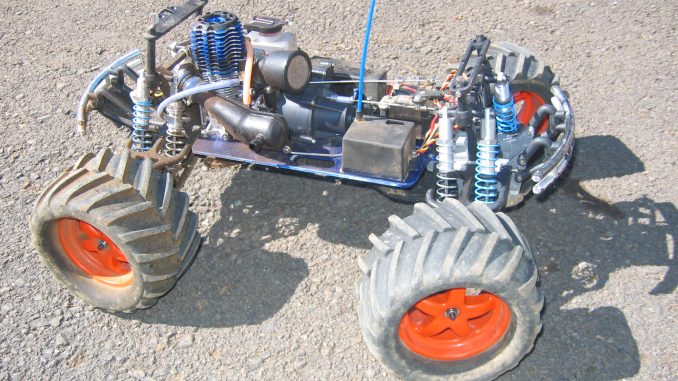The American Flyer model trains were at their peak of popularity between the 1940s and the 1960s, they actually had a long history before that, and their popularity seems to be on the increase again today. William Hafner, working as a toymaker in Chicago, developed a clockwork motor for use in toy cars in the very early part of the 19th Century and by 1905 was making toy trains using that clockwork motor.
The American Flyer then, is now more that 100 years old and has gone through a number of ownerships and fluctuations in popularity. Once again making a resurgence, dedicated S-scale enthusiasts now believe that this renowned model train is.
The American Flyer trains proved very popular, in part because they were lower priced than other makes popular at that time, and also because their detailing made them more realistic than other low budget model trains.
With the advent of television – to distract both younger people and older people from their regular hobbies – together with the rise of the discount chain stores which undercut prices and demanded lower wholesale prices, AC Gilbert Company ran into trouble and in 1962 was sold to Wrather Group. The new owners produced lines of toys, including model trains, which were of very poor quality and sales dropped sharply until in 1966 productions of the American Flyer ceased. By 1967 the Company was bankrupt.
General Mills began selling some of the original Gilbert designed American Flyer trains by 1979 but in 1984 sold its Lionel Company section to a toy manufacturer, Kenner who on-sold the company to Richard Kughn in 1985.
He re-developed the American Flyer as S-scale in 1939, a scale which was a modification of the very popular O gauge model trains then on the market. The S scale, which scales trains to the 1:64 ratio and made them smaller than the O scale trains, had a number of major advantages in terms of the track and track layouts.
With a friend, William Coleman, and using a small hardware manufacturing business known as the Edmonds-Metzel Hardware Company, Hafner began producing toy clockwork trains during 1906-7. These Edmond-Metzel trains were sold so successfully through some major retailers that the brand name The American Flyer was adopted for marketing purposes and by 1910, the name of the hardware company had been changed to American Flyer Manufacturing Company.
Kuhn was very successful for over 10 years with the Lionel and American Flyer trains but sold in 1996 to Wellspring Partners who set up the company Lionel LLC, which operates today selling a range of model trains, including the S-scale American Flyer. Lionel LLC concentrated on promoting the O and O27 scale model trains of its original lines but since 2002 has been releasing more and more American Flyer models.
Until that stage model electric trains had run on three rails, with the center rail carrying the current. The new owners produced lines of toys, including model trains, which were of very poor quality and sales dropped sharply until in 1966 productions of the American Flyer ceased.
Until that stage model electric trains had run on three rails, with the center rail carrying the current. This two-rail track, which had seven-eighths inches between the rails, made the track layout, and hence train operation, more realistic as the track now looked like ‘real train track’.
Hafner left the partnership in 1913 to start up his own company and Coleman’s American Flyer trains did extremely well during the First World War as they had no competition in the US from the German companies. By 1918, the first of the American Flyer electric trains were in production and business boomed during the 1920s but declined sharply during the Great Depression.
At this time, Lionel Corporation, which was itself in financial trouble although it had been the leading model train manufacturer for many decades, bought the rights to the American Flyer. By 1969 Lionel Corporation itself was bankrupt and sold the rights to the manufacture of its model trains, including the American Flyer, to General Mills.
He re-developed the American Flyer as S-scale in 1939, a scale which was a modification of the very popular O gauge model trains then on the market. The S scale, which scales trains to the 1:64 ratio and made them smaller than the O scale trains, had a number of major advantages in terms of the track and track layouts.







